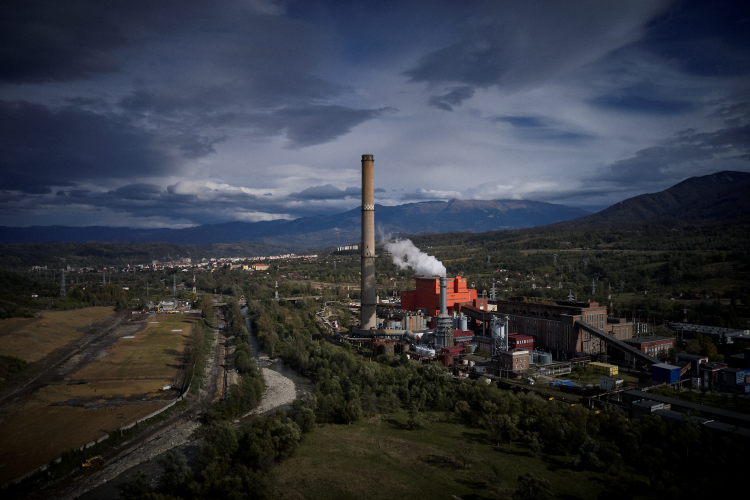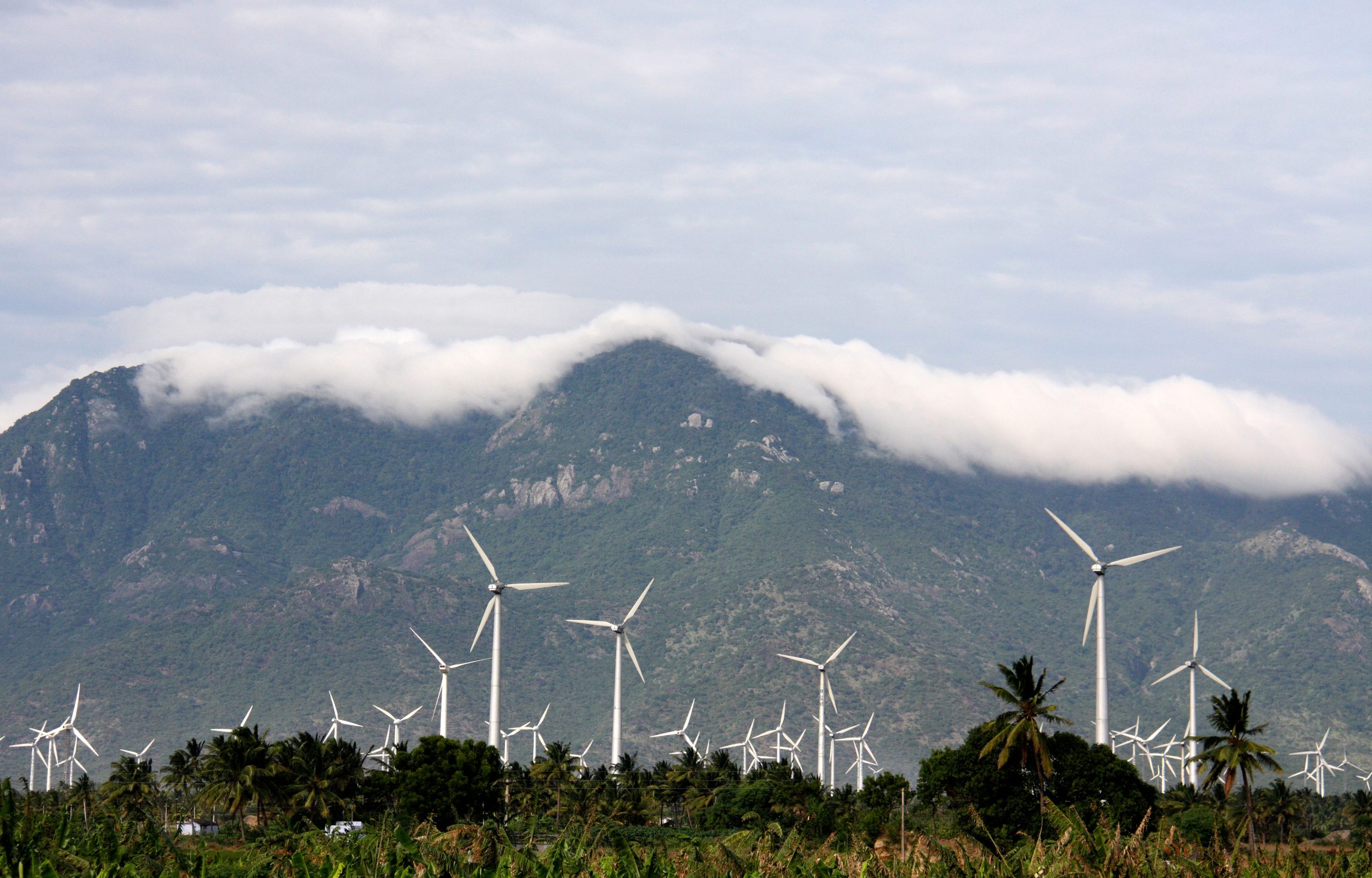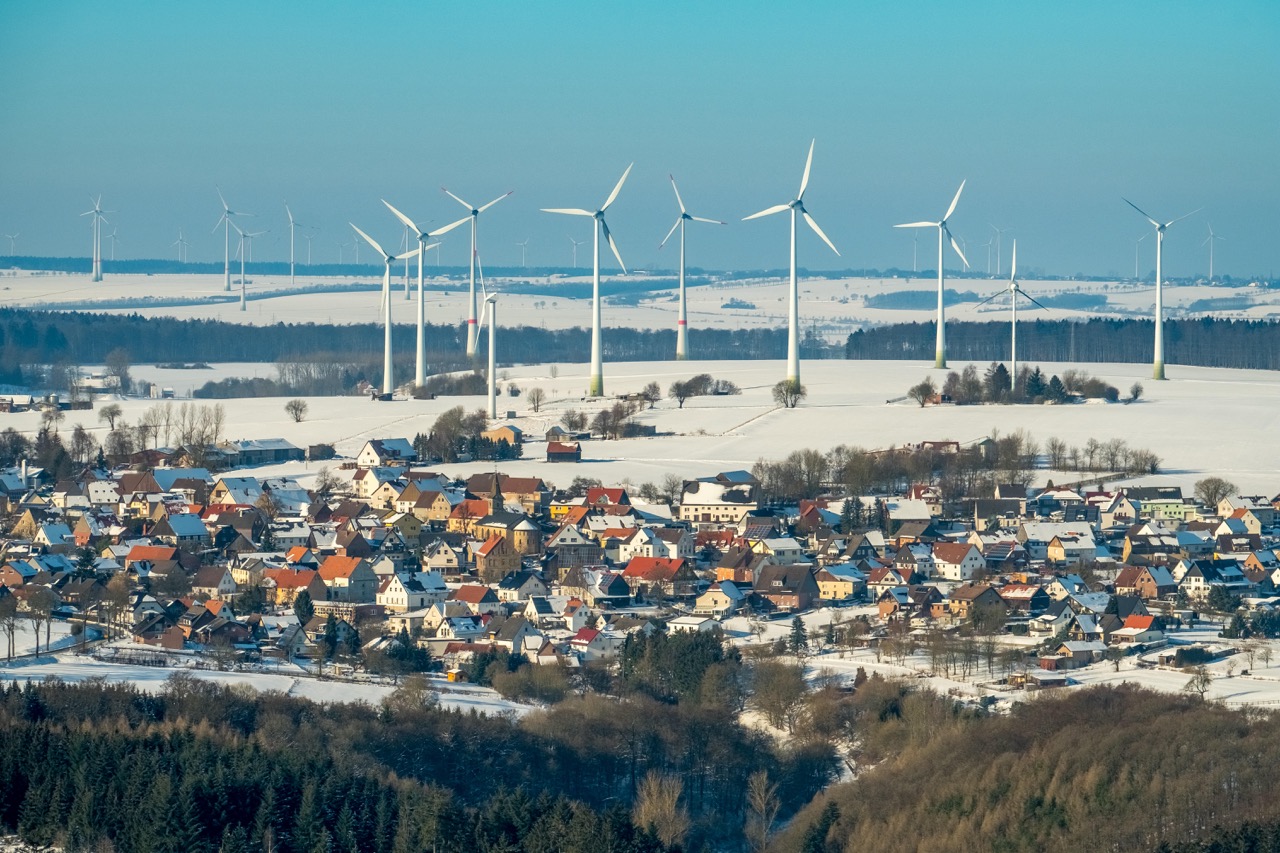Conclusion
World teetering at ‘peak fossil’ in the power sector
Emissions fell in some of the major CO2 emitting economies, but more ambitious action is required to bring global power sector emissions down
The global power sector needs to achieve net zero by 2035 in OECD countries and by 2040 in the rest of the world, to put the world on a pathway to limiting global warming to 1.5C. Global emissions plateaued in the first half of 2023, an important first step in the electricity transition as the world seeks to ‘peak’ emissions and begin the process of decline.
However, power sector emissions need to be falling fast this decade, not just plateauing. Moreover, having falling emissions when demand is exceptionally low is not enough; emissions must be falling even when global demand is increasing as the world consumes more electricity and moves towards electrifying the entire economy.
For global power sector emissions to fall, more clean sources need to be added, so they can not only meet growing electricity demand but start replacing fossil fuel generation. In particular, wind and solar need to become the backbone of the future electricity system, providing about 70% of global power by 2040, and other clean sources like nuclear and hydro need to increase too.
Although wind and solar have been growing much more than any other electricity source, their deployment needs to triple by 2030 and they need to maintain a high growth rate year on year of about 20%. This can only be achieved if strong policies are in place that not only incorporate ambitious targets but also deliver the policy enablers needed to incentivise and de-risk the deployment of more wind and solar. These include streamlining the permitting process, focusing on grid development and modernisation, and building supporting infrastructure like interconnections, adequate storage and more. An increase in international funding is also crucial to support fossil-dependent emerging economies to transition to clean electricity.
As the situation with hydro generation shows, it is also crucial to mitigate the impact of climate change on clean electricity generation. So for example solutions such as floating solar panels on hydro reservoirs can be considered to reduce evaporation, as well as better reservoir management.
As international calls for a tripling of renewables continue to grow ahead of COP28, the stakes have never been higher. Already in 2023 we have seen record-breaking global temperatures and accelerating impacts of climate change. Decarbonising electricity by accelerating wind and solar is the single biggest action we can take this decade to put the world back on track.
Related Content




